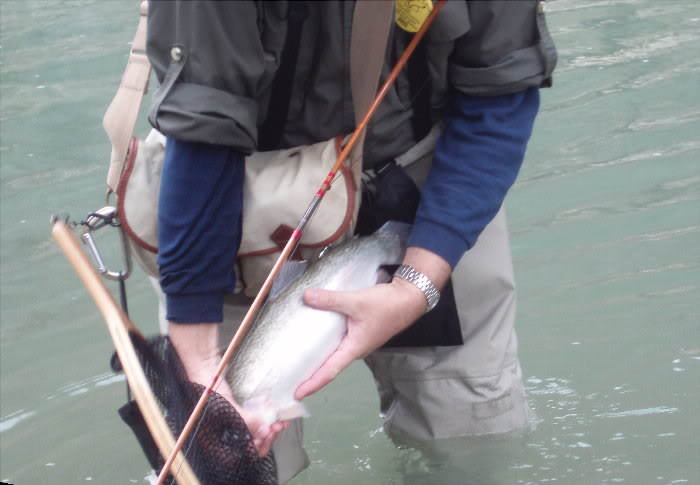| It is currently 20 Apr 2024, 01:02 |

| Page 1 of 1 [ 21 posts ] | New Topic Add Reply |
|
| Author | Message | ||
|---|---|---|---|
| slowcast |
|
||
Posts: 28 |
|
||
| Top |
| giogio |
|
||
Posts: 1148 Location: Belgium |
|
||
| Top |
| whrlpool |
|
||
Posts: 8931 Location: US-ME |
|
||
| Top |
| nativebrownie |
|
||
Posts: 688 Location: US-VA |
|
||
| Top |
| carlz |
|
||
Posts: 5566 Location: Relocated to the Drought Stricken West. |
|
||
| Top |
| majicwrench |
|
||
Posts: 4971 Location: US-MT |
|
||
| Top |
| Bamboozle |
|
||
Posts: 2098 Location: US-PA |
|
||
| Top |
| DinoC |
|
||
Posts: 326 Location: US-MA |
|
||
| Top |
| archfly |
|
||
Posts: 1296 Location: western Massachusetts |
|
||
| Top |
| corlay |
|
||
Posts: 3543 Location: Upstate-NY |
|
||
| Top |
| stuckeysflat |
|
||
Posts: 95 Location: Annapolis, MD |
|
||
| Top |
| aurelio corso |
|
||
Posts: 2798 Location: US-NM |
|
||
| Top |
| backing1 |
|
||
Posts: 1882 Location: US-MD |
|
||
| Top |
| slowcast |
|
||
Posts: 28 |
|
||
| Top |
| bulldog1935 |
|
||
Posts: 19104 Location: downtown Bulverde, Texas |
|
||
| Top |
| WetFlyAction |
|
||
Posts: 244 Location: Quincy, MA |
|
||
| Top |
| slowcast |
|
||
Posts: 28 |
|
||
| Top |
| carlz |
|
||
Posts: 5566 Location: Relocated to the Drought Stricken West. |
|
||
| Top |
| Choptanked |
|
|
Posts: 112 |
||
| Top |
| mmckenzie |
|
||
Posts: 654 Location: Texas bound |
|
||
| Top |
| jgestar |
|
||
Posts: 7823 Location: Holly Springs, NC |
|
||
| Top |
| Page 1 of 1 [ 21 posts ] | New Topic Add Reply |
Who is online |
Users browsing this forum: Holdover and 16 guests |
| You cannot post new topics in this forum You cannot reply to topics in this forum You cannot edit your posts in this forum You cannot delete your posts in this forum |



